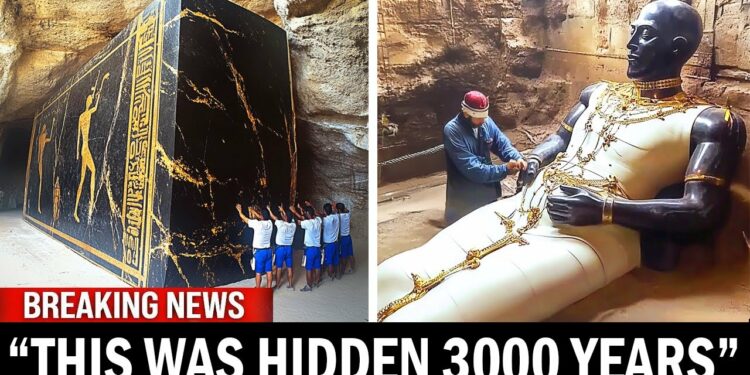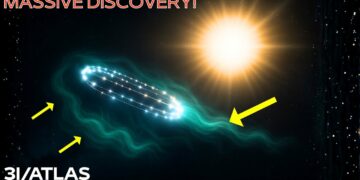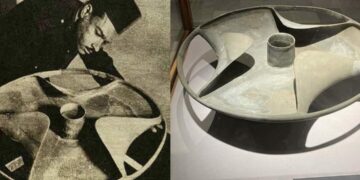The discovery of an ancient structure near Jerusalem by archaeologist Dr. Eilat Mazar has reignited speculation about King Solomon’s long-lost tomb, with the Bible serving as a guide to interpret her findings. King Solomon, renowned for his wisdom, wealth, and grand construction projects like the First Temple, remains a figure of fascination, yet the location of his burial site has eluded scholars for centuries. The Bible references his reign but offers no clear indication of his tomb’s whereabouts, fueling debates in academic and religious circles. Jerusalem’s complex history—marked by conquests, destruction, and rebuilding—has buried potential evidence under layers of civilizations, making large-scale excavations challenging amid modern urban constraints.
Dr. Mazar’s excavations in the City of David, a ridge south of Jerusalem’s Old City, uncovered massive stone structures and artifacts dated to the 10th century BC, aligning with Solomon’s era. Using radiocarbon dating and pottery analysis, her team suggested these could be remnants of Solomon’s fortifications or palace, sparking excitement among those who view biblical accounts as historically plausible. Critics, however, argue the structures might belong to a later period, citing the imprecision of dating methods. While Mazar never claimed to find Solomon’s tomb, her work has refocused attention on the possibility of a royal burial site in the area, prompting speculation about hidden chambers or inscriptions.
Jerusalem’s layered history complicates the search. Conquered by Babylonians, Romans, and others, the city has been repeatedly rebuilt, potentially destroying or burying a 10th-century BC tomb. Tomb looting, earthquakes, and urban expansion further obscure evidence, with valuable artifacts likely scattered or lost. The City of David, believed to be the heart of Solomon’s capital, contains monumental structures and seals suggesting a powerful monarchy, but no definitive royal tomb has been found. Rock-cut tombs, common in the region, could lie hidden beneath later constructions, yet identifying one as Solomon’s without clear inscriptions remains speculative.
Another theory places Solomon’s tomb beneath the Temple Mount, where he built the First Temple. However, religious sensitivities surrounding this site, home to the Dome of the Rock and Al-Aqsa Mosque, severely limit excavations. Ancient traditions hint at hidden passages, but political constraints make exploration nearly impossible. Small artifacts like seals and pottery provide clues about Solomon’s era, with designs like “Solomonic gates” and royal jars suggesting a centralized administration. Yet, without a direct reference to Solomon, these remain circumstantial.
Advanced technologies like ground-penetrating radar, electrical resistivity tomography, and microarchaeology offer hope for non-invasive discoveries, potentially detecting hidden chambers or chemical traces of burials. However, urban density and restricted access, especially around sensitive sites, hinder progress. Tales of secret passages or labyrinths protecting royal tombs persist in local lore, but no 10th-century BC network has been confirmed. False discoveries and hoaxes, driven by the allure of Solomon’s legend, have historically misled researchers, though modern methods like radiocarbon dating and paleography help debunk forgeries.
The search for Solomon’s tomb endures due to its cultural and historical significance, intertwining faith, archaeology, and the possibility of rewriting history. While practical challenges—religious sensitivities, urban development, and the city’s turbulent past—persist, each excavation uncovers more about ancient Jerusalem. Whether Solomon’s tomb lies intact beneath the city or was lost to time, the quest continues to illuminate the era of one of history’s most iconic kings, keeping the mystery alive.























